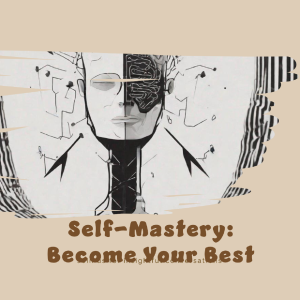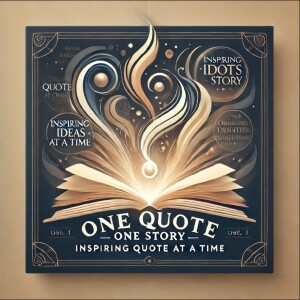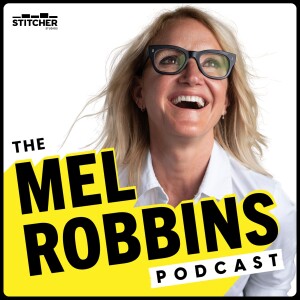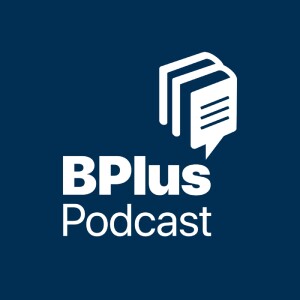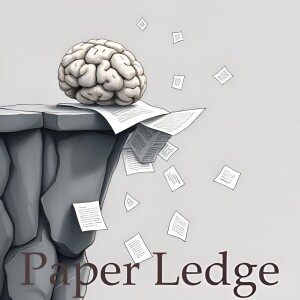

Computation and Language - Efficient and Transferable Agentic Knowledge Graph RAG via Reinforcement Learning
Alright Learning Crew, Ernis here, ready to dive into another fascinating paper that's going to blow your mind (in a good way, I promise!). Today, we're talking about something called KG-R1 – and before your eyes glaze over, trust me, it’s way cooler than the name suggests.
So, you know how Large Language Models, or LLMs, like the ones that power your favorite chatbots, are super smart but sometimes… well, they make stuff up? It’s called “hallucinating” – like when your GPS confidently directs you into a lake. Not ideal!
This paper tackles that problem head-on using something called Knowledge Graph Retrieval-Augmented Generation, or KG-RAG. Think of it like this: LLMs are the creative writers, but Knowledge Graphs (KGs) are the fact-checkers and research librarians. KGs are essentially databases that store information in a very organized, structured way – like a giant family tree for everything.
The basic KG-RAG idea is, before the LLM answers your question, it consults the KG to get accurate information. This helps reduce those pesky hallucinations and gives you a traceable line of reasoning – you can see why the LLM gave you that answer.
Now, here's where it gets interesting. Many existing KG-RAG systems are complicated, using multiple LLMs chained together – one to plan, one to reason, one to respond. It's like having a team of chefs where each chef only does one step in the recipe. This is expensive (more computing power!) and ties everything to a specific KG.
That's where KG-R1 comes in. The researchers behind this paper wanted to create a simpler, more efficient, and more adaptable KG-RAG system. They've built a system that is like a single, highly skilled chef that can handle the entire recipe, and learn to do it even better with practice.
They use something called Reinforcement Learning (RL) to train a single "agent" – basically, a single AI brain – to interact directly with the Knowledge Graph. Think of it like teaching a dog to fetch. The dog (the agent) explores the yard (the KG), looking for the right ball (the information needed to answer the question), and gets rewarded when it brings back the correct one. Over time, the dog learns the best way to find the right ball.
This agent learns to retrieve information from the KG at each step of its reasoning process, incorporating that information into its answer. And because it's trained using RL, it gets better and better at it!
The results are pretty impressive. The researchers found that KG-R1, using a relatively small LLM, outperformed more complex, multi-module KG-RAG systems that used much larger LLMs. That means more accuracy with less computing power!
Even better, KG-R1 is "plug and play." After being trained, it can handle new Knowledge Graphs without needing to be retrained. It’s like learning to ride a bike – once you’ve got the balance, you can ride any bike!
So, why should you care?
- For developers and AI enthusiasts: KG-R1 offers a more efficient and transferable approach to building KG-RAG systems. It's a blueprint for creating more reliable and adaptable AI.
- For businesses: Imagine using this technology to create chatbots that provide accurate, verifiable information to your customers, reducing the risk of spreading misinformation.
- For everyone: KG-R1 is a step towards building AI systems that are less prone to "hallucinations" and more transparent in their reasoning. It’s about creating AI you can trust.
So, here are a couple of things that jumped out at me that we can ponder:
- Could this approach be adapted to other types of data beyond Knowledge Graphs? Imagine using a similar RL-based agent to navigate and learn from other structured datasets.
- How might we further improve the transparency of KG-R1's reasoning process? While it exposes reasoning traces, is there a way to make it even easier for users to understand why it arrived at a particular answer?
This is a promising direction in the world of AI, and I'm excited to see what the future holds for KG-R1 and similar technologies. The code is available on Github - link is in the show notes. Until next time Learning Crew!
Credit to Paper authors: Jinyeop Song, Song Wang, Julian Shun, Yada Zhu
More Episodes
All Episodes>>You may also like
Create Your Podcast In Minutes
- Full-featured podcast site
- Unlimited storage and bandwidth
- Comprehensive podcast stats
- Distribute to Apple Podcasts, Spotify, and more
- Make money with your podcast
